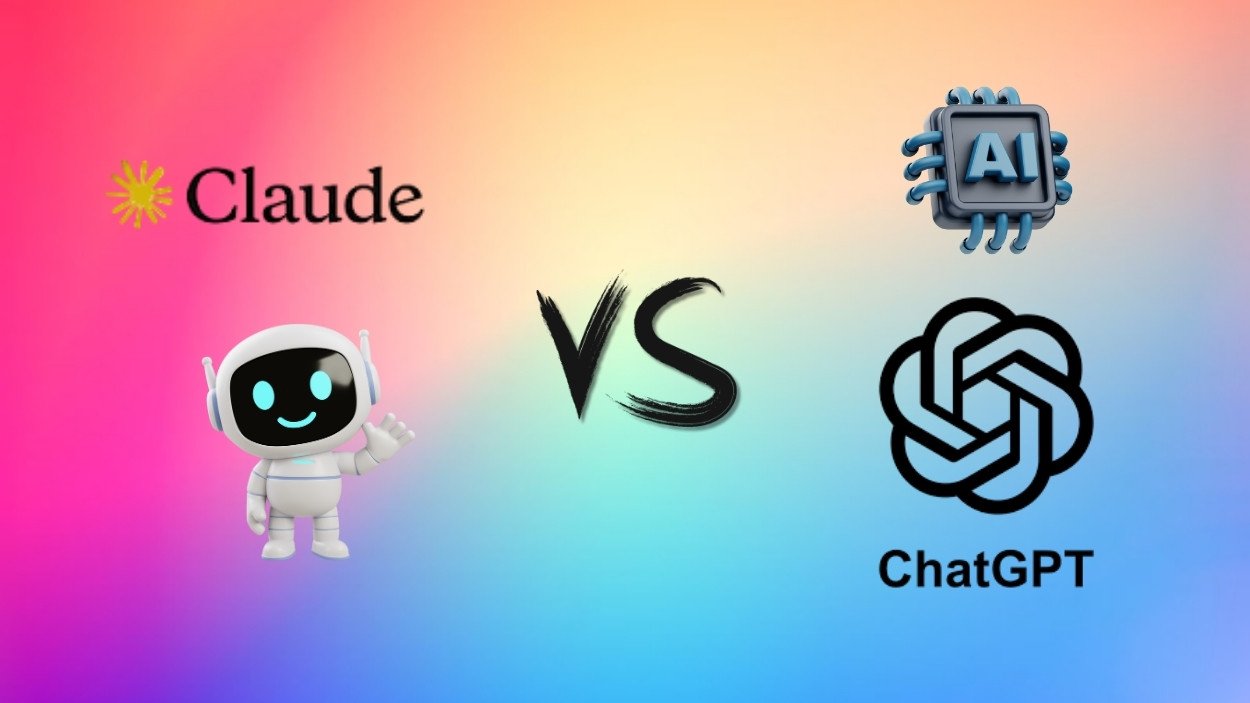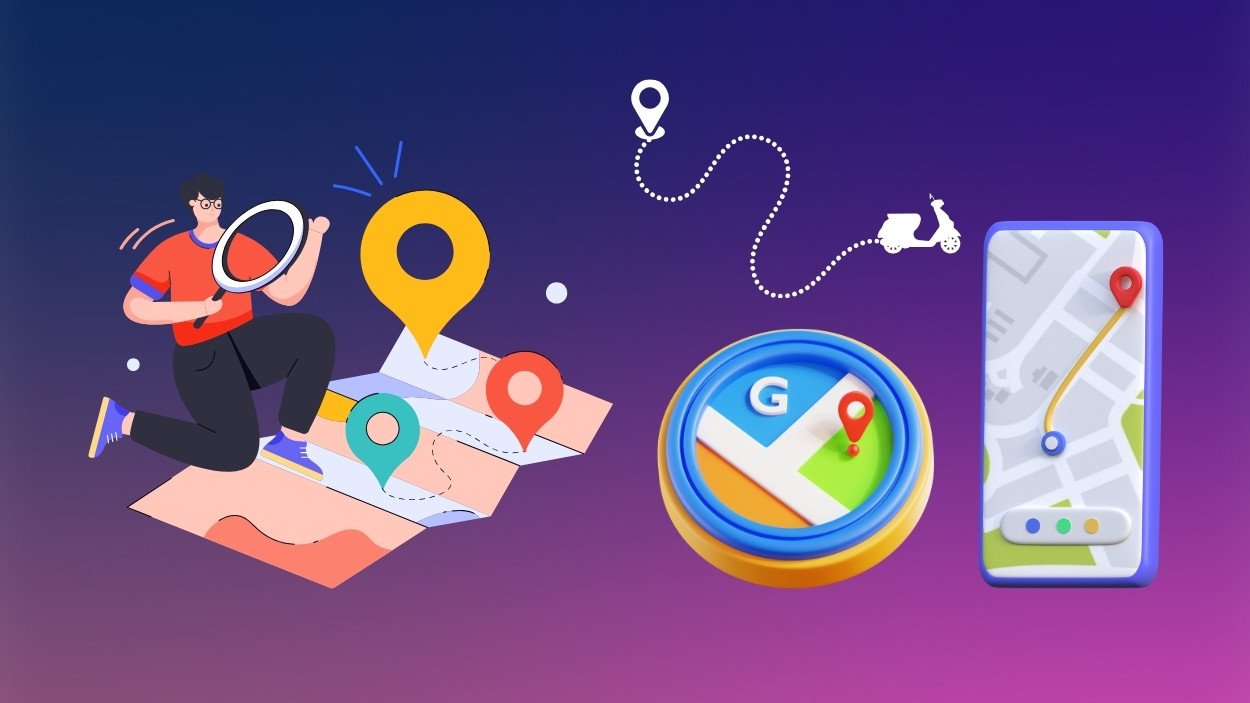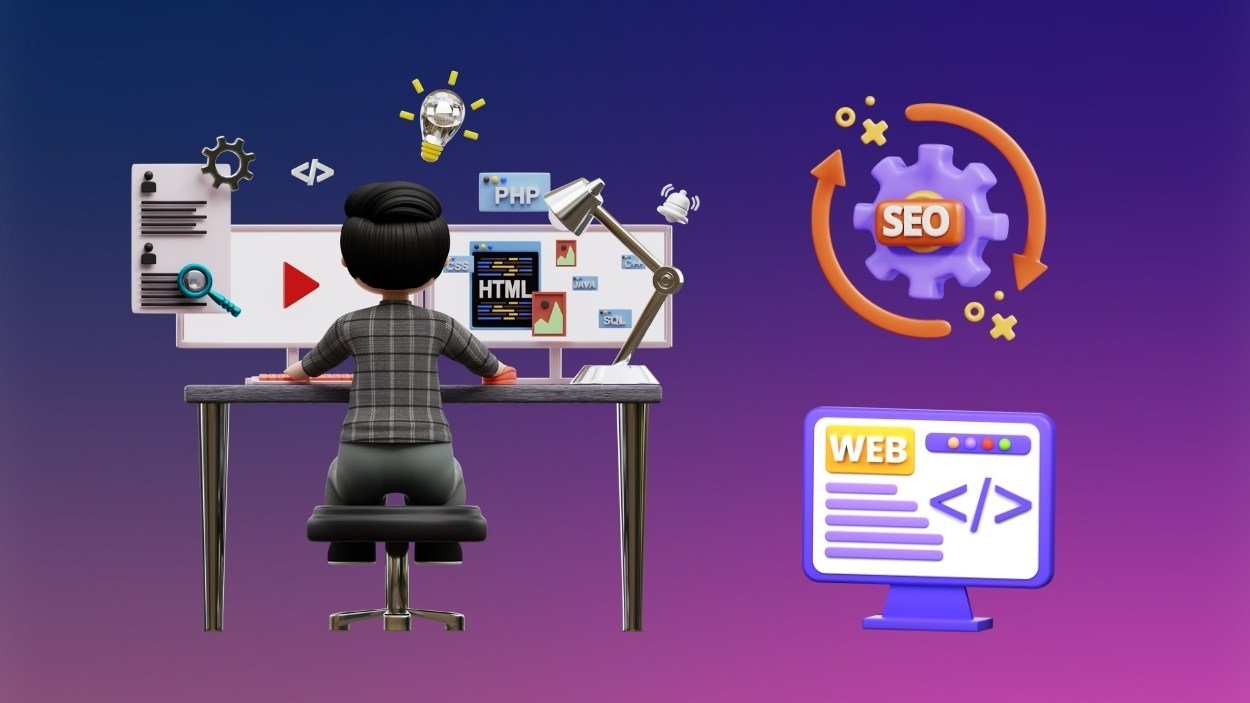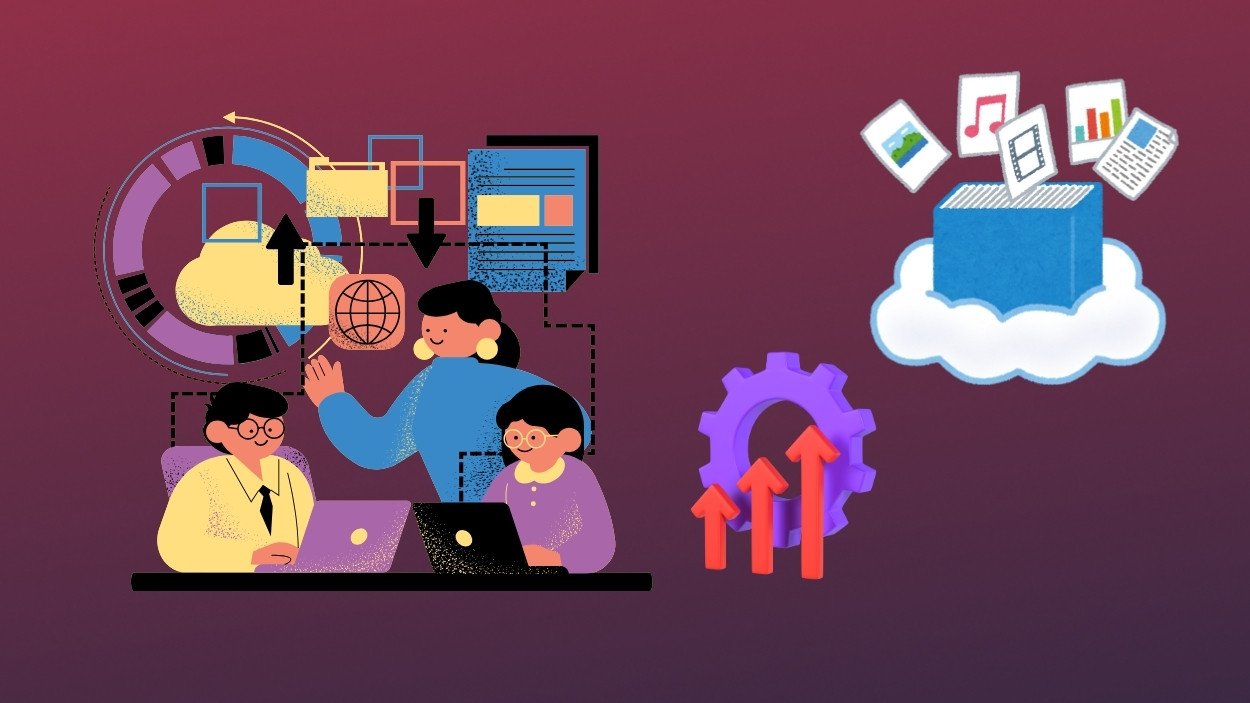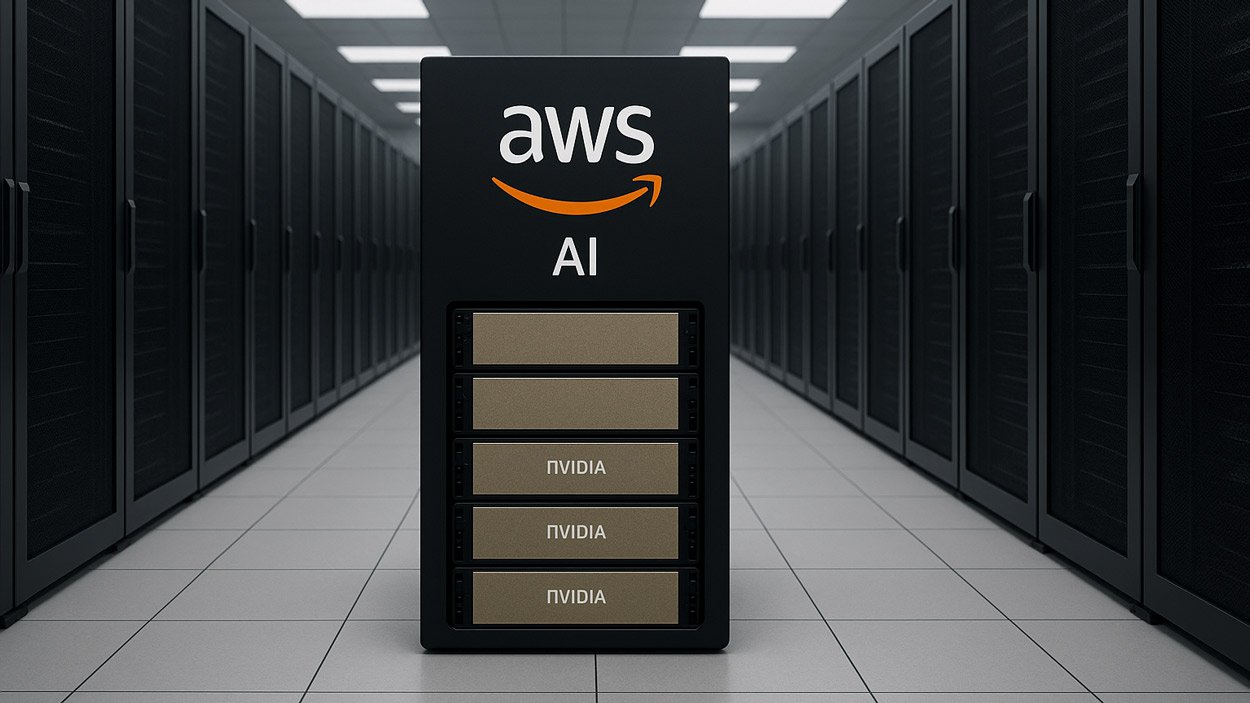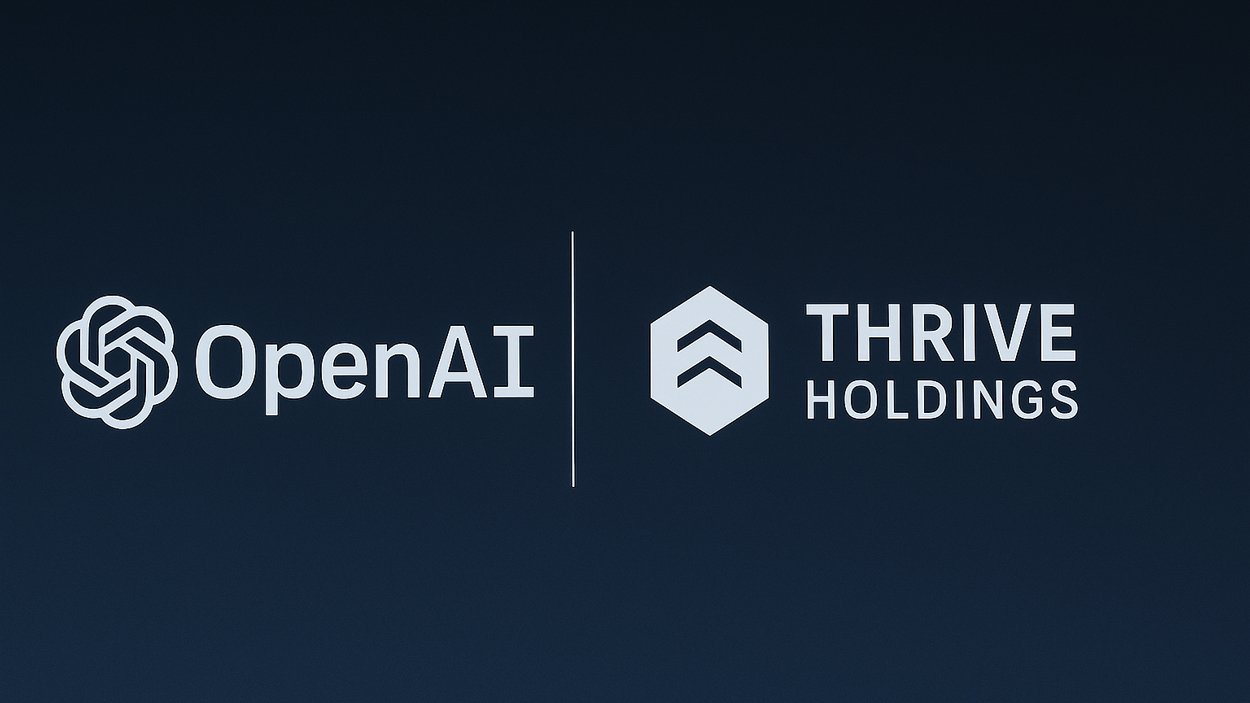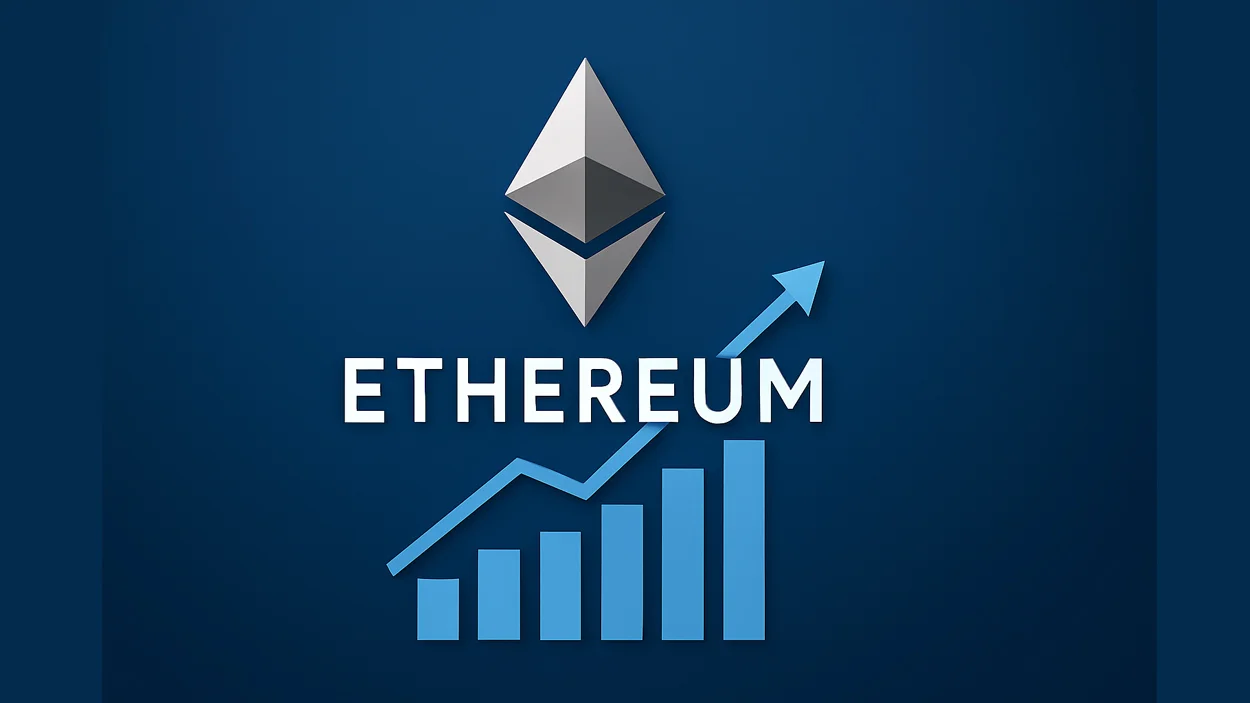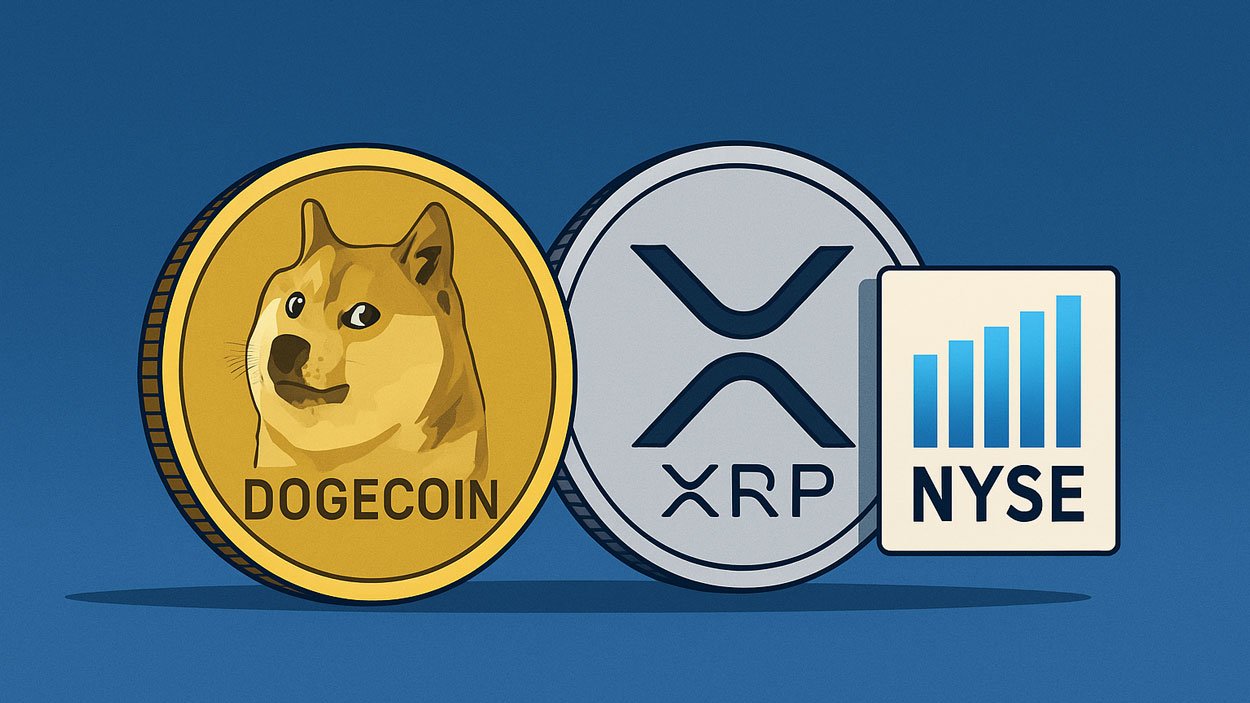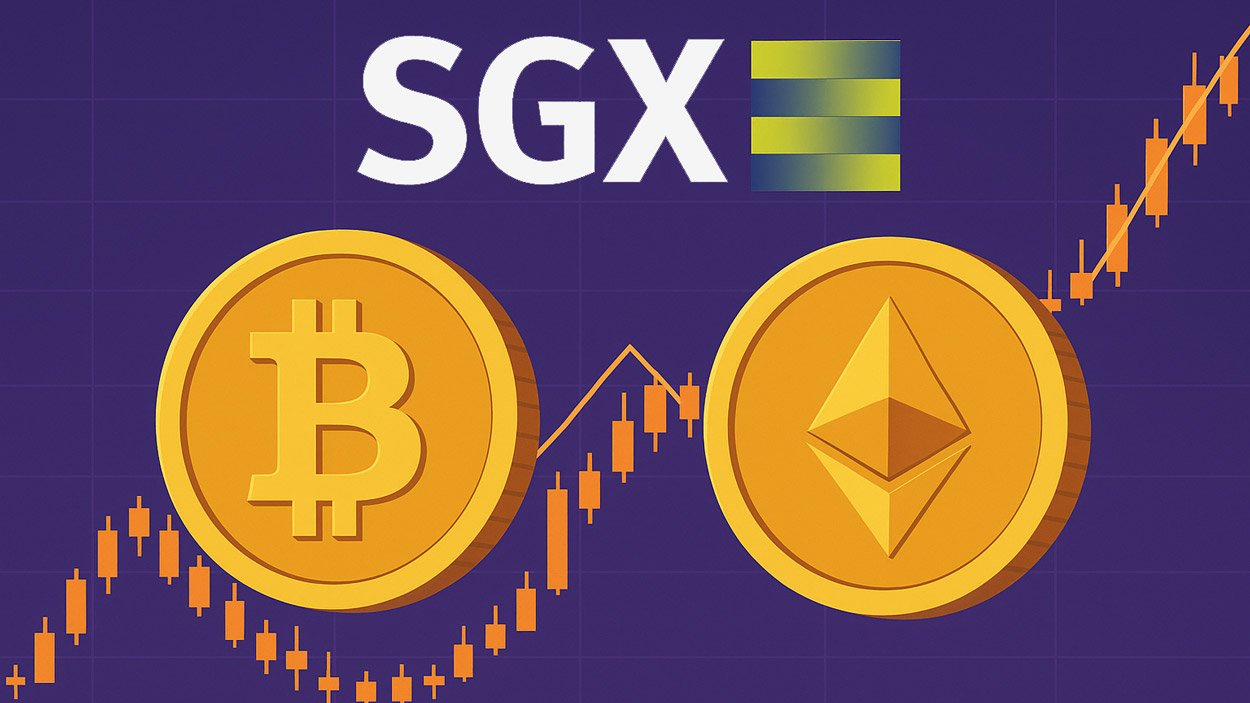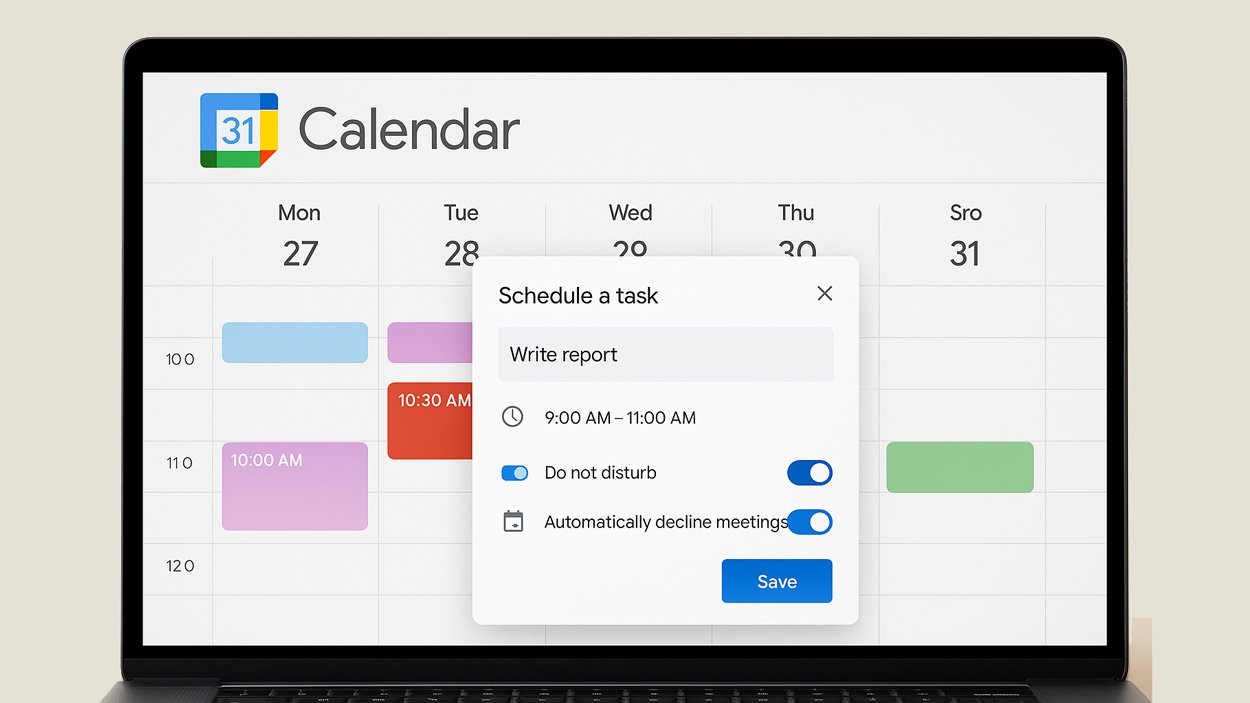Artificial intelligence (AI) is no longer a distant concept; it’s actively shaping industries across the globe. From a healthcare provider using predictive algorithms to detect disease earlier, to a financial services firm automating risk assessments in seconds, AI is transforming how organizations operate and how consumers engage. Today, companies worldwide are integrating AI-driven tools for productivity, insights, and innovation. In this article, you’ll explore the key statistics behind this shift and see how they apply in real-world business scenarios.
Editor’s Choice
- In 2025, about 77% of companies worldwide use AI in at least one business area, with adoption over 88% only among large enterprises.
- 78% of organizations said they used AI in 2024, compared with 55% in 2023.
- The global AI market size in 2025 is projected at $244 billion based on the latest consensus data.
- AI-exposed industries show 3× higher revenue growth per employee than less exposed industries.
- Workers with AI skills command a 56% wage premium compared to similar roles without those skills in 2025.
- The global generative AI market will reach $66 billion in 2025 and is expected to grow to about $356 billion by 2030.
- IT & Telecom companies report a 38% AI adoption rate in 2025, with projected gross value addition of $4.7 trillion through AI by 2035.
Recent Developments
- In 2025, the share of organizations deploying “agentic AI” (AI systems capable of planning and executing workflows) reached 23%, while 39% began experimenting with agentic systems.
- More than 50% of respondents using AI stated they had experienced at least one negative consequence from AI inaccuracy or misuse.
- High-performing organizations (those obtaining significant value from AI) are around 3× more likely to redesign workflows around AI than others.
- Only 1–2% of companies claim to be fully AI-mature, highlighting ongoing challenges in scaling from pilot programs to enterprise-wide integration.
- In 2025, 91% of businesses say they use at least one AI technology, with 54% using generative AI tools like ChatGPT.
- Among corporate employees, around 27% report frequent AI use in 2025, up by 12 percentage points from 2024.
- About 58% of employees say they use AI regularly, while 31% use it weekly or daily.
- More than 56% of employees admit to hiding their use of generative AI or presenting AI output as their own work.
How Business Owners Use AI
- 53% use AI to improve production processes, the most common operational use.
- 52% leverage AI for SEO tasks like keyword research, enhancing digital marketing.
- 51% rely on AI for process automation to streamline repetitive workflows.
- 46% use AI in internal communications for faster, clearer reporting and planning.
- 40% utilize AI to aggregate and analyze business data for quicker insights.
- 38% adopt AI for idea generation to fuel creativity and innovation.
- 38% apply AI to minimize safety risks in manufacturing and high-risk fields.
- 31% employ AI to write or assist in coding and software prototyping.
- 29% turn to AI for website copywriting and content optimization.

AI Market Size and Growth
- The global artificial intelligence market is estimated at $244 billion in 2025.
- The market is projected to reach $3.497 trillion by 2033, implying a CAGR of about 31.5% from 2025 to 2033.
- One source estimates the global AI market at $244 billion in 2025, with a projected growth to $827 billion by 2030.
- The US AI market size is $51.58 billion in 2025, with China at $32.89 billion, and Europe at $26.54 billion.
- The software segment in AI held the largest share (35%) of the market in 2024.
- North America held the largest revenue share of the global AI market in 2024 at 36.3%.
- Generative AI alone is forecast to reach $66.89 billion in 2025 and account for 33% of all AI software spending by 2027.
- Daily AI tool users rose from 116 million in 2020 to 314 million in 2024.
- The global market in 2025 is expected to rise by approximately 22% from the previous year, reaching around $757.6 billion according to one estimate.
Key Facts About Artificial Intelligence
- 65% of AI tool users are Millennials or Gen Z, highlighting that younger consumers expect AI-enhanced experiences.
- Over two-fifths (43%) of businesses cite improved accessibility via AI as a key adoption driver.
- 21% of companies were using AI for strategy and corporate finance in 2024.
- Only 9% of companies reskilled more than half their workforce in AI between July 2023 and July 2024.
- In 2025, 38% of companies expect a profitability boost from AI adoption 2025.
- The IT & Telecom sector reports 38% adoption of AI in 2025.
- Approximately 50% of companies say they lack skilled professionals to deploy AI effectively.
- AI adoption in five or more business functions grew from 2% in 2022 to 16% in the second half of 2024.
AI Adoption Rates by Industry
- In the IT & Telecom sector, AI adoption stands at 38% in 2025.
- The retail & Consumer industry shows about 31% adoption in 2025.
- Financial Services record approximately 24% AI adoption in 2025.
- Healthcare reports about a 22% adoption rate in 2025.
- Professional Services show around a 20% adoption rate.

- Globally, 72% of companies now use AI in at least one operational area.
- Businesses expect up to 38% profitability improvement from AI use by 2025.
- 50% of businesses say they lack necessary AI skills, and 43% cite a leadership vision gap as an adoption barrier.
Demographic Statistics
- Daily users of AI tools climbed from 116 million in 2020 to 314 million in 2024.
- 65% of AI users are either Millennials or Gen Z.
- In 2025, 58% of employees report regular AI use in their roles, and about 31% use AI weekly or daily.
- Among large enterprises, AI adoption among employees shows generational skew; younger professionals lead usage.
- Workers with AI skills earned a 56% wage premium over peers without those skills.
- Skills in AI-exposed jobs are changing 66% faster than in other jobs.
- Revenue growth in AI-exposed industries is about 3× higher than in non-AI-exposed ones.
AI Jobs and Employment Trends
- Workers with AI-related skills earn a 56% wage premium over those without them in 2025.
- Industries most exposed to AI show roughly 3× higher revenue growth per employee compared to less-exposed industries.
- Unique job postings requiring Generative AI skills grew from about 55 in January 2021 to nearly 10,000 by May 2025.
- Less than 10% of firms in the overall economy in mid-2025 indicate they are using AI regularly; in professional, scientific, and technical industries, this rises to just over 20%.
- By 2030, 85 million jobs may be displaced by AI, with 97 million new AI-related roles created globally.
- A survey found that employment among 22- to 25-year-olds in high-AI-exposure jobs fell 6% between late 2022 and July 2025; by contrast, employment for workers older than 30 in those jobs grew between 6% and 13% in that period.
- Over the 2023-33 U.S. employment projection period, AI is expected to affect primarily occupations whose core tasks can be replicated by current generative AI.
- A recent analysis notes stability rather than sudden disruption in AI’s labour-market impact, but underlines that much remains uncertain.
How Smartphone Users Benefit from AI
- Predictive text has 50% awareness and 35% usage, improving typing efficiency.
- Route suggestions show 39% awareness and 24% usage, reflecting strong AI in navigation.
- Voice assistants reach 37% awareness but only 12% usage, showing trust and adoption gaps.
- Voice search has 31% awareness and just 9% usage, signaling room for growth.
- Translation apps are known by 25% with 11% usage, aiding travel and communication.
- Voice-to-text features have 25% awareness and 7% usage, despite hands-free convenience.
- Email classification awareness stands at 23% with 12% usage, improving inbox management.
- Automated calendar entries see 21% awareness and 10% usage, supporting productivity tasks.
- Location-based app suggestions show 20% awareness and only 5% usage, reflecting low reliance.
- Automated photo classification has 20% awareness and 9% usage, enhancing photo organization.

AI Applications in Business
- In marketing, AI’s global market reached $47.32 billion in 2025 and is projected to exceed $107 billion by 2028.
- 93% of marketers say AI helps accelerate content creation, and 81% say it improves brand awareness or sales.
- A field-experiment study found that generative AI enhancements in online retail increased sales by up to 16.3% in six months.
- Around 47% of firms have integrated AI into digital assistants, 46% use it to manage customer relationships, and 40% apply it to streamline operations.
- 59% of companies see generative AI transforming customer interactions.
- In SMEs using AI, 91% report direct revenue uplift, and up to 30% reductions in operational cost.
- 60% of consumers report using both general AI assistants and specialized AI tools in 2025.
- 66% of students globally use ChatGPT for educational purposes.
- Generative AI adoption among companies doubled from 2023 to 2024, reaching 65% in 2025.
AI in Education Statistics
- The mean trust score for educators toward AI in 2025 was 58.4 out of 100, up about 18% from 2024.
- Approximately 54% of students use AI tools on a daily or weekly basis in 2025.
- Around 86% of students globally use multiple AI tools in their studies.
- In 2025, 51% of U.S. students use generative AI, particularly those aged 14–22.
- Over 68% of urban teachers have not received any AI training as of 2025.
- Market research forecasts estimate that the AI in the education sector will grow to between $5.8 and $6 billion by 2025, driven by increased adoption in personalized learning platforms and administrative automation.
- Educational leaders report using AI to enhance administrative workflows and student success metrics.
- Students using Microsoft 365 Copilot Chat observed a self-learning boost of 265% on average.
Top Benefits Businesses Expect from AI
- 43.1% of respondents believe AI will increase productivity, making it the top anticipated benefit.
- 39.4% say AI helps enhance decision-making, improving strategic accuracy and speed.
- 35.3% expect AI to reduce the risk of errors, ensuring better quality control and consistency.
- 34.0% highlights AI’s ability to reduce response time, especially for customer queries and support.
- 30.9% view AI as a tool to streamline job processes, automating routine workflows.
- 30.8% say AI helps improve customer relationships, driving stronger engagement and satisfaction.
- 25.3% cite cost savings as a major outcome of AI implementation.
- 19.6% believe AI can increase sales, boosting overall business growth.
- Only 4.1% report none of the above, showing that most businesses see clear value in AI adoption.

Consumer Use of AI
- 60% of adults report using both general AI assistants and specialized AI tools in 2025.
- In the U.S., 54% of consumers are likely to engage with an AI chatbot in 2025, up from 52%.
- About 54% of consumers under age 50 use AI tools for product research, compared with 41% for those over 50.
- Globally, 66% of adults use AI regularly and 83% believe AI offers benefits, but just 46% trust AI systems.
- In the U.S., 60% of adults, and 74% of those under 30, use AI to search for information; only 4 in 10 use it for work tasks.
- Among consumers, 52% of men use AI for purchase decisions versus 43% of women.
- Daily AI users worldwide jumped from 116 million in 2020 to 314 million in 2024.
AI User Trust and Perception
- Globally, 46% of people are willing to trust AI systems, 66% use AI regularly, and 83% believe in its benefits.
- A 2023 Ipsos survey across 31 countries found that 70% of people support stronger national or international regulation of AI technologies to ensure ethical use and accountability.
- 38% of Americans surveyed in 2025 have a favorable opinion of AI.

- In countries like China, Indonesia, and Thailand, 77-83% of citizens see AI products as beneficial, in the U.S, it is only 39%.
- Among educators, trust in AI rose by about 18%, to a mean score of 58.4 in 2025.
- 59% of companies say generative AI is transforming customer interactions, while 75% of customers worry about data security.
- In a two-wave survey, the share of people finding AI “not acceptable at all” rose from 23% to 30% between waves.
AI Regulation and Policy
- Around 70% of the global population believes AI regulation is needed at the national or international level.
- In Europe, 31% of businesses report having a formal, comprehensive AI policy in place.
- A policy-oriented survey of G7 countries + Brazil shows clear gaps in enterprise readiness for responsible AI deployment.
- The U.S. Department of Education warns that AI systems could embed bias or “algorithmic discrimination” in education contexts.
- Although more than 80% of business professionals believe AI is used in their firms, only 31% report a formal governance framework.
- Lack of structured ROI frameworks remains a challenge; over 70% of global capability centres lacked such a framework, though 92% were scaling AI initiatives.
- Regulators emphasize the need for human oversight as AI systems become more autonomous in decision-making.
Generative AI Statistics
- Private investment in generative AI reached $33.9 billion in 2024, up about 18.7% from 2023.
- Around 95% of enterprise generative AI projects did not deliver meaningful business outcomes.
- Among companies using AI, 23% say they are scaling agentic systems, and an additional 39% are experimenting with them.
- Generative AI enhancements in online retail boosted conversion rates by up to 16.3% over six months.
- Access to generative AI tools reduced time spent on email by around 25% for knowledge workers.
- Globally, 66% of adults use AI regularly and 83% believe it offers benefits, yet only 46% trust AI systems.
- For students, the use of generative AI tools for assessments jumped from 53% last year to 88% this year.
- About 70% of CX leaders believe generative AI will make every digital customer interaction more efficient.
AI Revenue Forecast by Use Case
- $8,097.9 million projected for static image recognition, classification, and tagging, leading all categories.
- $7,540.5 million expected from algorithmic trading strategy improvement, showing strong financial adoption.
- $7,366.4 million forecasted for patient data processing, highlighting AI’s role in healthcare scalability.
- $4,680.3 million projected from predictive maintenance, reducing downtime and improving efficiency.
- $4,201.0 million expected from object detection and classification in geospatial imaging.
- $3,714.1 million projected for text query of images, advancing image-based search innovation.
- $3,655.5 million forecasted from automated geophysical feature detection, aiding exploration and science.
- $3,566.6 million expected from AI-powered social media content distribution, boosting personalization.
- $3,169.8 million forecasted for object detection and classification in navigation and avoidance systems.
- $2,472.6 million projected for cybersecurity threat prevention, reinforcing AI’s role in digital security.

AI Market Segmentation by Region
- The North American AI market is valued at approximately $51.58 billion in 2025.
- Asia-Pacific’s AI market is around $32.89 billion in 2025.
- Europe’s AI market stands at about $26.54 billion in 2025.
- In the U.S., private AI investment reached $109.1 billion in 2024.
- The U.K.’s private AI investment in 2024 was about $4.5 billion.
- U.S. and China accounted for 53% of the AI fund count and 75% of the capital raised in H1 2025.
- The global AI investment market is expected to expand by $101.3 billion from 2025-2029, at a CAGR of 20.9%.
- The global AI market size is projected to reach $3.68 trillion by 2034, up from around $757.6 billion in 2025.
AI Investment and Funding
- Corporate AI investment reached $252.3 billion in 2024, reflecting a 26% growth over the previous year.
- There has been more than 13× growth in total investment since 2014.
- Private investment in generative AI exceeded $33.9 billion in 2024, over 20% of all AI private investment.
- VC funds focused on AI accounted for 31% of total capital raised by all VC funds in H1 2025.
- Global AI investment trends market size expected to grow by $101.3 billion from 2025-2029.
- The U.S. and China dominate fundraising; the U.S. leads while China’s growth slows.
- Investment remains concentrated, with many startups attracting funding while large-scale impact remains elusive.
- The EU earmarked approximately $30 billion for AI data-centre infrastructure.
Leading AI Countries and Regions
- The U.S. remains the dominant AI investor, with $109.1 billion in private AI investment in 2024.
- China’s private AI investment in 2024 was about $9.3 billion.
- The U.K. invested approximately $4.5 billion privately in 2024.
- North America holds the largest regional share in the NLP market in 2024 at 30%.
- India is projected to reach $8 billion in AI market size by 2025.
- Asia-Pacific follows North America as the next-largest growth zone.
- France announced about €109 billion in 2025 for AI infrastructure.
Machine Learning Market Statistics
- The global machine learning market was valued at approximately $113.1 billion in 2025 and projected to reach $503.4 billion by 2030.
- Another estimate puts it at $35.32 billion in 2024, $47.99 billion in 2025, and $309.68 billion by 2032.
- Demand for ML skills is growing significantly faster than other tech roles.
- ML adoption drives 3× higher revenue growth per employee in AI-exposed industries.
- ML tools continue to move from research to mainstream business use.
- Cloud ML platforms are reducing time-to-value for businesses.
- Data engineers and ML engineers remain among the fastest-growing enterprise roles.
Natural Language Processing (NLP) Statistics
- The global NLP market size is estimated at $42.47 billion in 2025 and forecast to reach $791.16 billion by 2034.
- Another estimate places NLP market revenue at $85.76 billion in 2025 and $439.85 billion by 2030.
- In 2024, North America held about 30% of the NLP market share.
- The U.S. NLP market is projected to be around $170.12 billion by 2034.
- NLP adoption is strongest in text analytics and cloud deployment models.
- About 78% of companies using AI-powered applicant tracking systems report better talent identification.
- Cloud-based NLP deployment dominates due to scalability and lower infrastructure cost.
Frequently Asked Questions (FAQs)
88 %.
38 %.
$47.32 billion.
Around 70%.
Conclusion
The world of artificial intelligence is moving rapidly, from generative AI breakthroughs to regional investment races and ever-growing markets for machine learning and NLP. Businesses, governments, and consumers alike are investing, experimenting, and reshaping workflows around AI. The statistics show both massive opportunities, hundreds of billions in market value, and serious challenges, high failure rates, uneven trust, and adoption. As you go deeper into this article, you will gain a clearer view of how AI’s numbers translate into real outcomes, and what they might mean for your organization.






